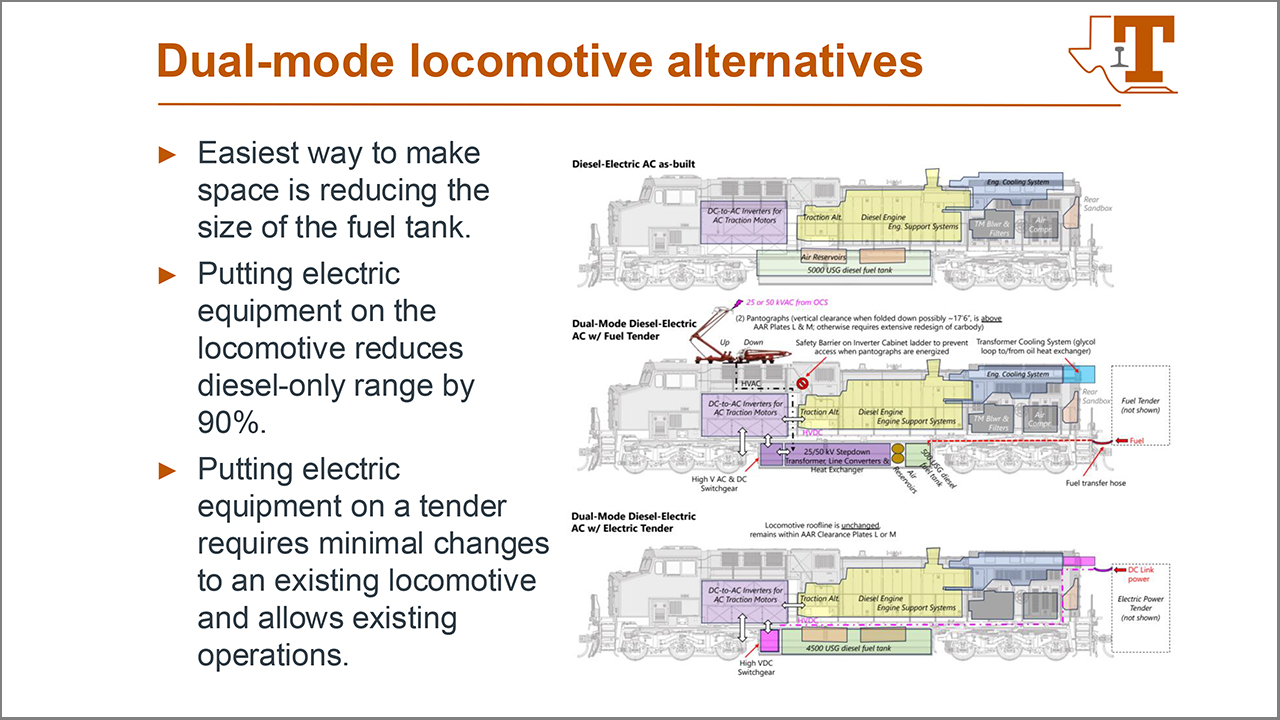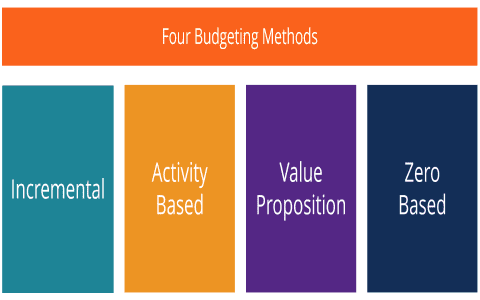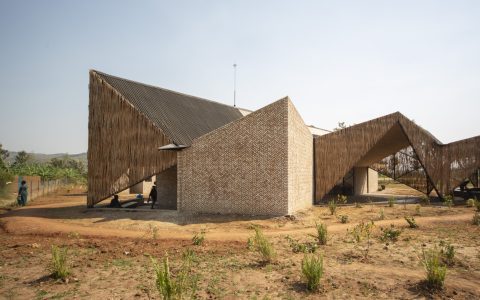Key Factors Affecting Train Design Costs
Understanding the primary drivers of train design expenses is crucial for effective budget management in railway projects. These factors influence overall costs by affecting resources, timelines, and compliance requirements.
Design Complexity
The intricacy of the train's engineering, including aerodynamics, ergonomics, and system integration, requires advanced CAD modeling and specialized expertise, escalating labor and software expenses.
Material Selection
High-performance materials like lightweight composites or corrosion-resistant alloys increase upfront costs due to sourcing challenges and specialized handling during design validation.

Regulatory Compliance
Meeting strict international standards, such as FRA or EU directives, involves exhaustive testing, documentation, and safety certifications, adding substantial layers to the design phase budget.
Technology Integration
Incorporating innovations like AI-driven simulations or predictive maintenance systems raises development costs but can optimize long-term operational efficiency.
Customization Level
Bespoke features and unique specifications demand tailored design solutions, increasing resource allocation and extending timelines compared to modular approaches.
Project Timeline
Accelerated schedules often necessitate overtime work, expedited supplier deliveries, and premium services, inflating labor and overhead expenditures.
Expertise and Labor Costs
Skilled designers, engineers, and consultants command variable fees based on experience and geographic location, directly impacting the project's human resource budget.

Prototyping and Testing
Building physical prototypes and conducting rigorous tests for durability and safety validation are essential, yet costly, steps in ensuring design reliability.





